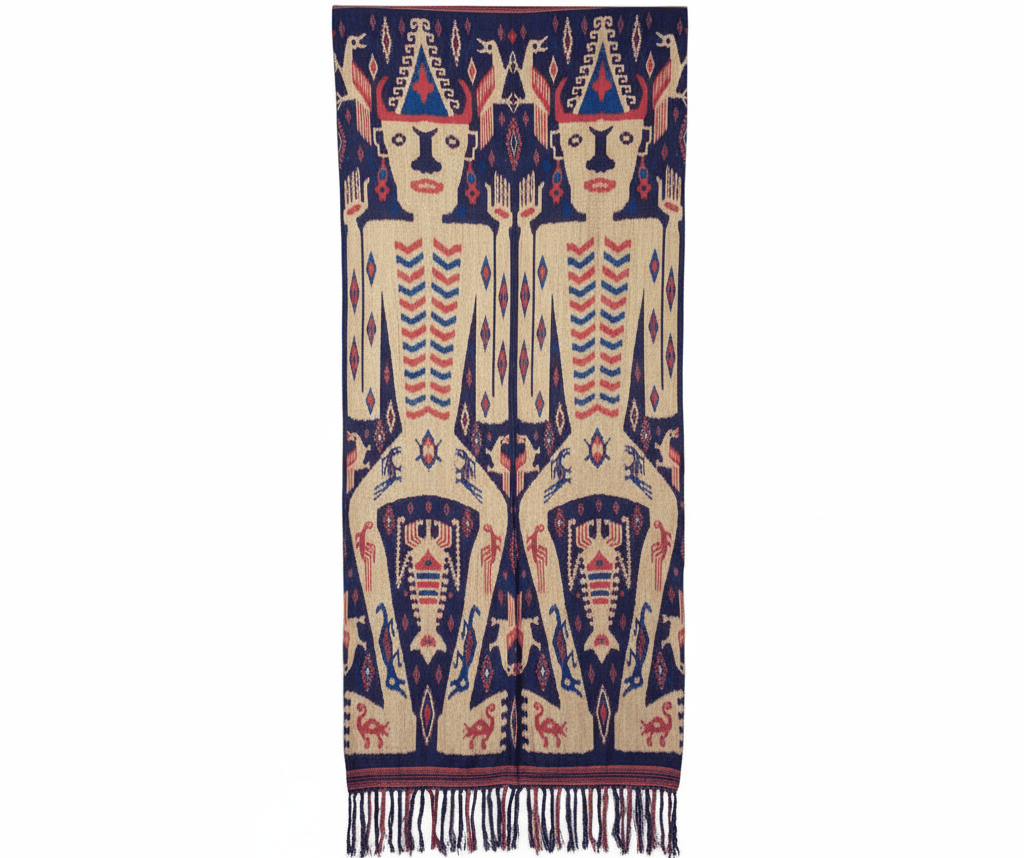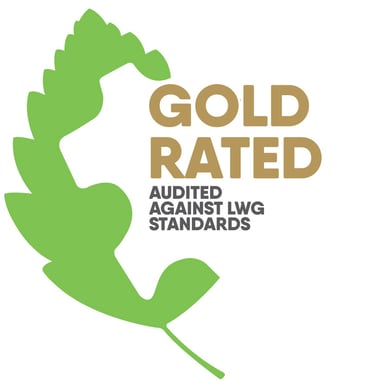A Tapestry of Time
The Story of Sumba Ikat
The island of Sumba, a jewel in the East Nusa Tenggara province of Indonesia, holds its history, philosophy, and spiritual beliefs not in books or stone, but in the vibrant threads of its traditional textile: the Ikat. This is the story of the Sumba cloth—a visual text woven by generations of women.
🧵 The History: A Legacy in Warp and Weft
The tradition of Sumba Ikat weaving is ancient, passed down for centuries, almost exclusively by Sumba women, from mother to daughter. The term ikat itself means "to tie" or "to bind," referring to the intricate process of resist-dyeing the threads before they are woven.
For the Sumbanese people, the cloth (hinggi for men and lau for women) is deeply rooted in the island's culture, particularly the indigenous ancestral belief system called Marapu. Historically, the finest and most complex two- or three-color Ikats were often reserved for the maramba (the aristocracy), signifying high social status and power. The process itself is a meticulous, labor-intensive act. From harvesting local cotton and preparing natural dyes (like noni root for red and indigo for blue) to the precise tying and multiple-stage dyeing and weaving on a backstrap loom, a single, complex textile can take many months, or even years, to complete.
⚖️ The Philosophy: Balance, Ancestors, and Life's Cycle
Sumba Ikat is not merely clothing; it is a profound philosophical statement, reflecting the Marapu worldview.
The Cosmos of Dualism and Balance: The fundamental philosophy of Sumba is the concept of oppositional polarities—male and female, sun and moon, life and death, hot and cold—which must be kept in balance to ensure harmony (hamali). This dualism is reflected in the textile itself:
The Cloth as the Female Element: Textiles are considered "female wealth" in ritual exchanges, counterbalancing the "male wealth" like horses, buffalo, and gold.
Paired Cloths: Men's hinggi are typically woven and worn in identical pairs, one draped over the shoulders (hinggi duku) and one around the hips (hinggi kalambung), symbolizing the balance needed in life.
Connection to Marapu: The motifs are expressions of the Marapu belief system, which venerates the ancestors. The cloth is a sacred medium, a link between the physical and spiritual worlds, containing the power of the ancestors.
🐎 Traditional Stories and Usage: From Cradle to Grave
The Sumba Ikat is integrated into every major life ceremony, making it a living, breathing history of the people. Each motif tells a story, carrying symbolic meaning that augments the wearer's life and aids their journey to the next world.
Iconic MotifsSymbolic Meaning The Horse Symbol of heroism, nobility, and wealth. Sumba is known as the island of Sandalwood Horses; the motif speaks to prestige and status.The Prawn/ Shrimp symbolizes rebirth, resurrection, and eternal life, often used in funeral shrouds to assist the soul's journey. The Mamuli An Ω-shaped motif that is a stylized form of a precious metal pendant. It represents femininity, fertility, and marriage exchange. The Crocodile / DragonRepresents strength, power, and high status, often reserved for the nobility (maramba).The Skull Tree (Andung), a stylized memory of old headhunting rituals, symbolizing ancestral power and communal vitality.










